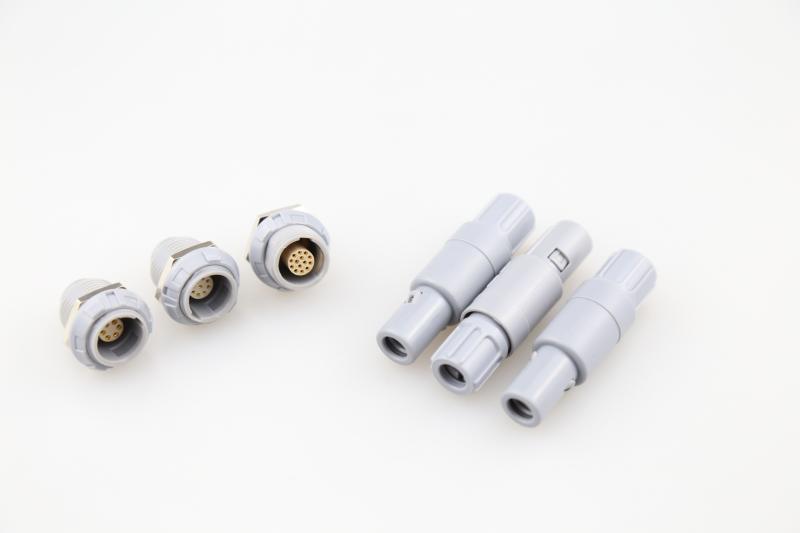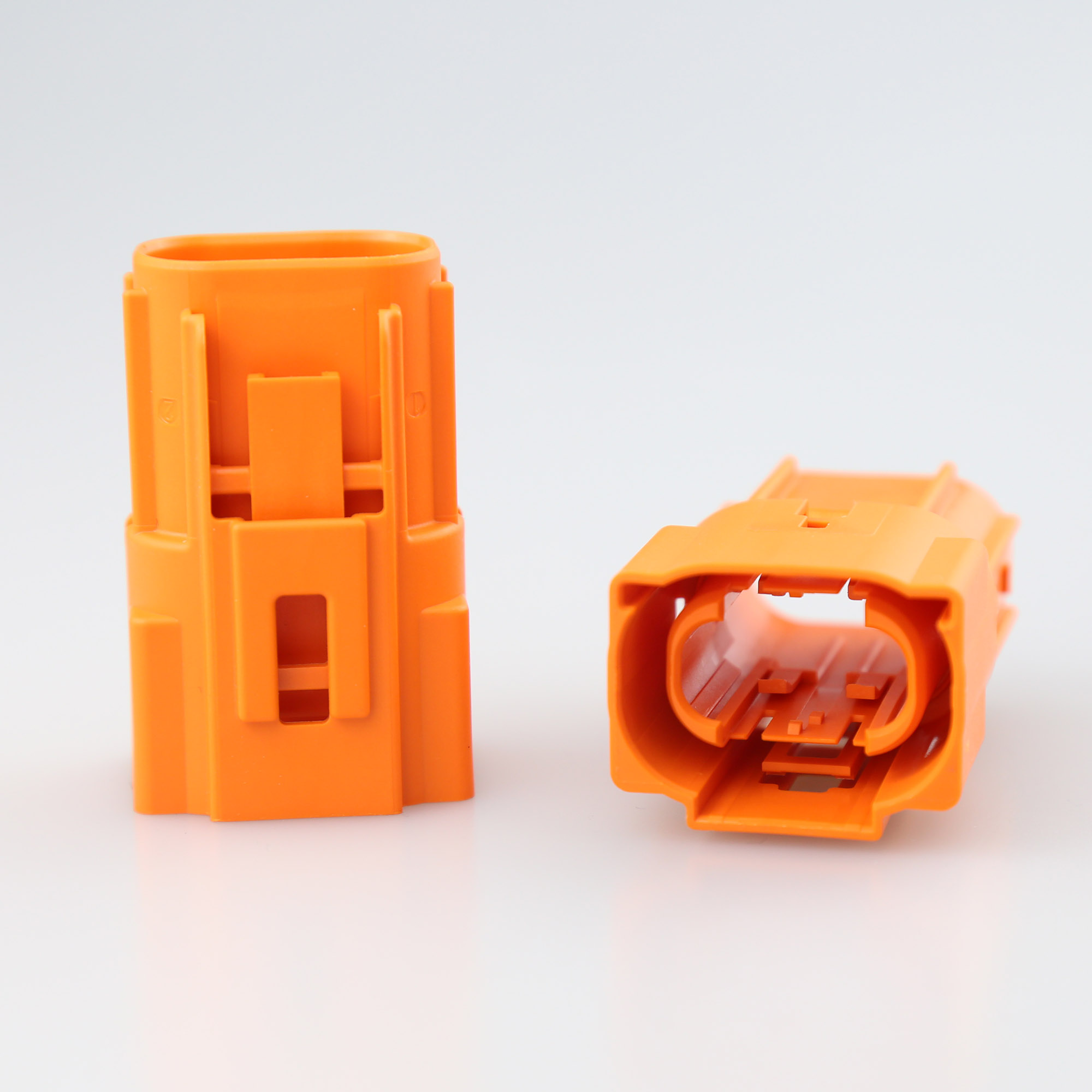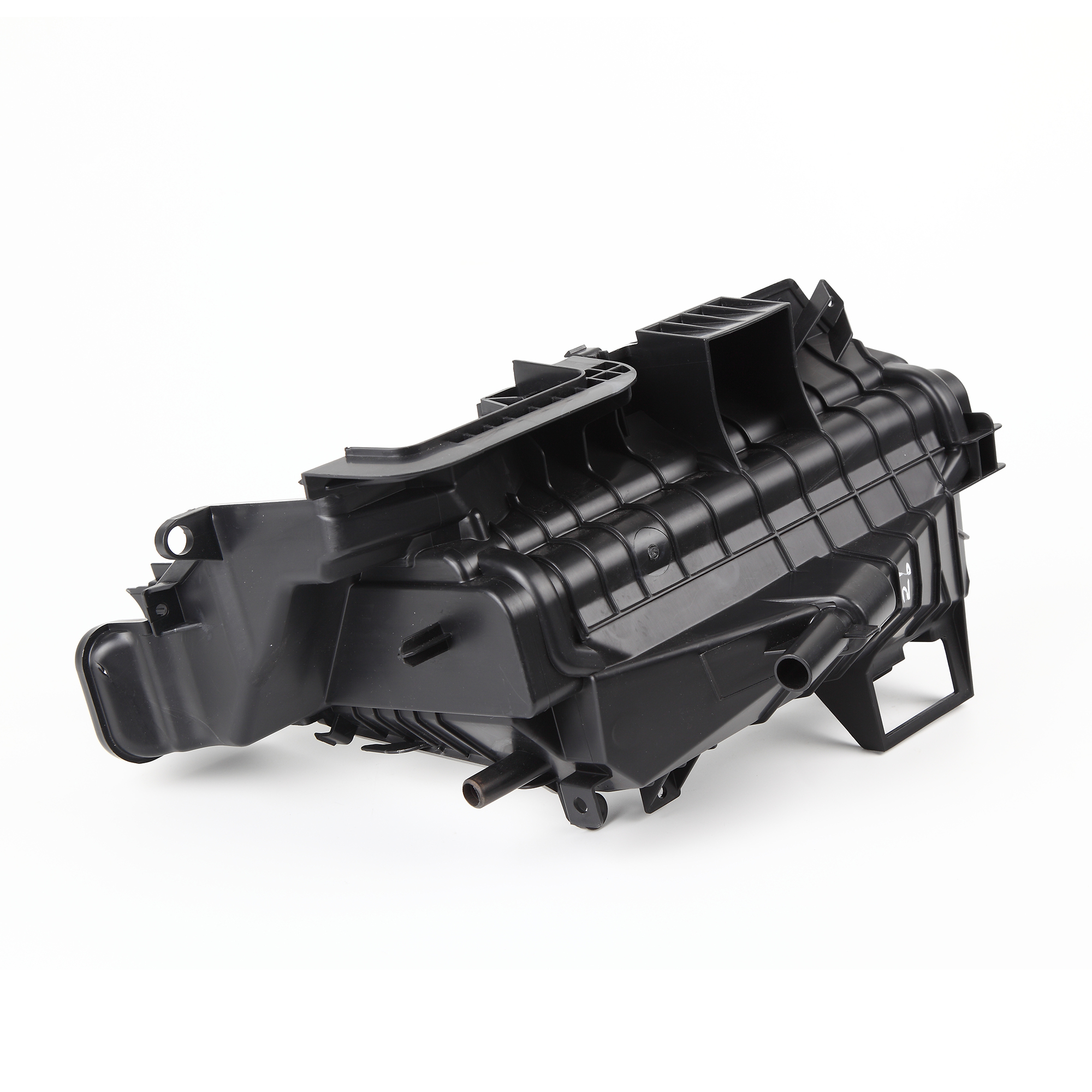



Revolutionizing Mold Processing: A Technological Marvel
The convergence of technology and precision manufacturing has paved the way for remarkable advancements in mold processing. With leading manufacturers at the forefront, the mold industry is witnessing a paradigm shift. This article delves into the intricacies of mold processing, exploring the innovative techniques employed by top manufacturers.
1. Precision Machining: Redefining Accuracy
Precision machining lies at the heart of mold processing. Manufacturers have harnessed the power of computer numerical control (CNC) machines to achieve unparalleled accuracy. These machines utilize advanced software and cutting-edge tools to fabricate intricate molds with utmost precision. The integration of CAD/CAM systems has further enhanced the efficiency and accuracy of the machining process, ensuring seamless production.
2. High-Speed Milling: Enhancing Productivity
High-speed milling has emerged as a game-changer in mold processing. The utilization of specialized milling machines enables manufacturers to achieve faster material removal rates, significantly reducing production time. With the advent of advanced tooling technologies and optimized cutting strategies, manufacturers can now achieve exceptional surface finishes and complex geometries, all while maintaining high productivity.
3. Additive Manufacturing: Pushing Boundaries
Additive manufacturing, commonly known as 3D printing, has revolutionized mold processing in recent years. This innovative technique allows manufacturers to create complex molds with intricate designs that were previously unattainable through traditional methods. The ability to build molds layer-by-layer using a variety of materials has opened up a world of possibilities, enabling manufacturers to produce customized molds with unmatched precision and efficiency.
4. Advanced Simulation: Minimizing Errors
The integration of advanced simulation techniques has played a pivotal role in reducing errors and optimizing mold processing. Through computer-aided engineering (CAE) software, manufacturers can simulate various scenarios and identify potential issues before the actual production begins. This proactive approach not only saves time and resources but also ensures the production of flawless molds, thereby enhancing overall quality and customer satisfaction.
5. Smart Data Analytics: Driving Continuous Improvement
In the era of Industry 4.0, data analytics has emerged as a key driver of continuous improvement in mold processing. Leading manufacturers leverage advanced data collection and analysis tools to monitor and optimize various aspects of the manufacturing process. Real-time data insights enable proactive decision-making, allowing manufacturers to identify bottlenecks, streamline operations, and enhance overall efficiency. The integration of artificial intelligence and machine learning further augments the capabilities of data analytics, paving the way for predictive maintenance and further optimization.
Conclusion
The marriage of technology and precision in mold processing has catapulted the industry to new heights. With precision machining, high-speed milling, additive manufacturing, advanced simulation, and smart data analytics, leading manufacturers are pushing the boundaries of what is possible. This relentless pursuit of innovation not only ensures exceptional accuracy and productivity but also drives continuous improvement and customer satisfaction. As technology continues to advance, the future of mold processing looks promising, promising even greater precision and efficiency.